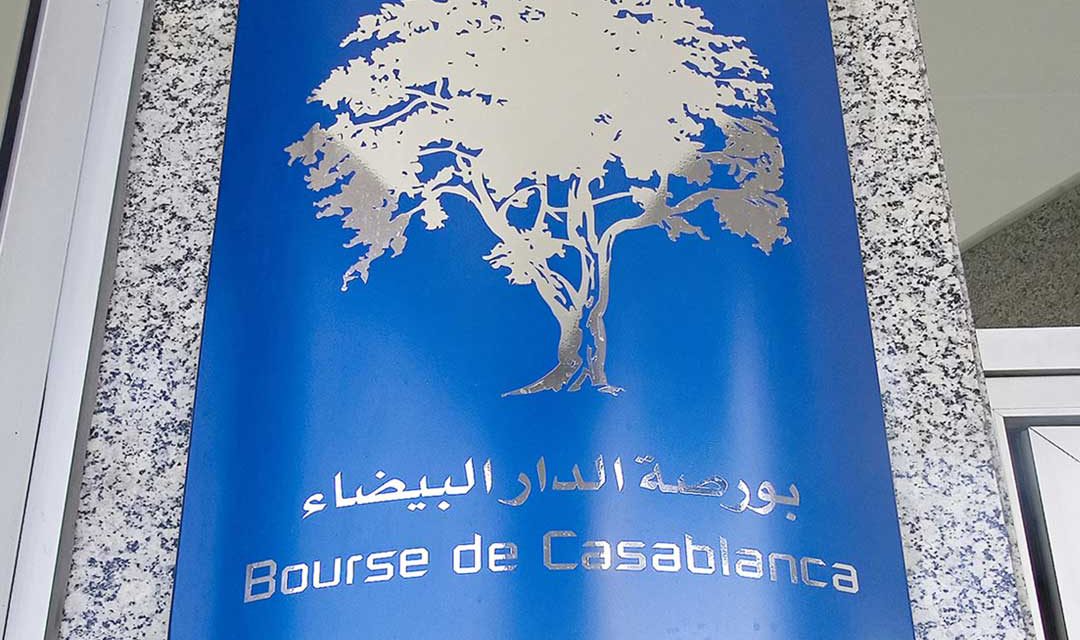Safaricom has secured full regulatory approval from the Capital Markets Authority (CMA) to roll out a KES 40 billion Medium Term Note (MTN) Programme, the largest corporate debt framework ever approved in Kenya.
The approval, granted on November 7 and publicly confirmed on November 20, marks a turning point for the country’s corporate bond market, which has long been overshadowed by government securities.
For investors hungry for high-grade paper and a market seeking deeper liquidity, this programme is a structural shift.
What Exactly Is Safaricom Launching?
A Medium Term Note programme allows a company to raise capital in phases, issuing debt in multiple tranches up to an aggregate ceiling, in this case, KES 40 billion.
Instead of a single large bond, Safaricom can issue notes over several years, tailoring each tranche’s tenor, coupon, and structure to prevailing market conditions.
This flexibility is central to Safaricom’s strategy. The programme enables the firm to issue:
- Green bonds for renewable-energy projects
- Social bonds supporting inclusion or community impact
- Sustainability-linked notes tied to environmental, social, or governance (ESG) performance
Proceeds will fund core investments: network expansion, data infrastructure, M-Pesa innovation, and renewable-energy upgrades in Kenya and Ethiopia.
The advisory heavyweights behind the programme, SBG Securities, Stanbic Bank Kenya, Standard Chartered Bank Kenya, and Bowmans, emphasise the scale and sophistication of the issuance.
The first tranche awaits only the pricing supplement and final commercial terms before launch.
This comes right after Safaricom’s half-year results showing a 52.1% jump in profit to KES 42.8 billion, an earnings surge driven by robust M-Pesa and mobile data revenue.
Why Safaricom Is Turning to the Bond Market Now
Safaricom has traditionally relied on bank loans and short-term borrowing. But with short-term liabilities climbing to KES 55.8 billion by September 2025, the telco is repositioning its balance sheet toward longer-dated, Kenya-shilling funding that reduces forex exposure from its Ethiopia venture.
The timing is also ideal. After years of stagnation, the corporate bond market has sprung back to life. East African Breweries Limited’s (EABL) KES 20 billion MTN Tranche 1 closed on November 10, raising KES 16.76 billion at an 11.8% coupon and achieving 152.4% subscription, clear evidence of untapped demand.
Meanwhile, the NSE’s rally of NASI up 51.5% YTD signals renewed investor confidence and appetite for well-rated issuers.
Safaricom’s MTN adds the depth the market has been missing.
Opportunities and Risks for Investors
The programme’s first tranche is expected to draw intense interest from both institutional and retail investors. Here’s what’s on the table.
Why Investors Will Pay Attention
- Competitive Yields
Based on recent benchmarks like EABL’s issuance, investors can expect 10–12% coupons, comfortably above inflation and most fixed-deposit rates. - High Credit Quality
Safaricom remains Kenya’s most profitable company, with KES 194.4 billion in retained earnings and a strong cash-flow profile. Local default risk is minimal. - ESG Momentum
Green and social notes are increasingly sought after by both local pensions and global funds, potentially boosting demand and liquidity. - Market Accessibility
Minimum subscriptions are likely to start at KES 10,000, making the notes retail-friendly. Tranches will be listed on the NSE, enabling secondary-market trading. - Portfolio Diversification
Corporate bonds complement equities and treasuries, offering stable income in a market dominated by government paper.
What Investors Should Watch Out For
- Interest rate movements:
If the CBK cuts rates in 2026, future tranches may offer lower yields than early ones. - Oversubscription:
Demand could exceed supply, leading to pro-rata allocations or limited fills for retail buyers. - Market volatility:
Geopolitical shocks or shilling fluctuations could impact secondary-market prices. - Tranche variation:
Terms will differ across the programme. Green notes may come with slightly lower yields due to ESG demand.
Still, for most investors, especially conservative or income-focused ones, Safaricom’s MTN stands out as one of the safest bets in the Kenyan corporate debt space.
READ ALSO:The Complete Process of Opening a CDS Account and Accessing the Stock Market
What This Means for Kenya’s Capital Markets
This programme lands at a critical moment for the NSE and the broader capital-market ecosystem.
- Bond-market depth:
Prior to EABL’s issuance, outstanding corporate debt at the NSE sat at just KES 25.9 billion. Safaricom’s MTN could more than double this in the next two years. - Investor confidence:
CMA’s approval and Safaricom’s execution strengthen credibility in a market healing from past corporate defaults. - ESG leadership:
Mixed-use tranches (green, social, sustainability-linked) could establish Kenya as a regional hub for sustainable corporate debt, rivalling South Africa’s bond market. - Economic spillovers:
Funds raised will support renewable energy, digital infrastructure, and fintech services, which are key pillars of Vision 2030 and Kenya’s digital transformation agenda.
Investor Overview
| Investor Type | Key Benefit | Potential Yields |
|---|---|---|
| Retail Investor | Accessible minimums; stable income | 10–11% |
| Institutional Investor | Scale, liquidity, diversification | 9–10.5% |
| Impact-Focused Investor | Certified green/social notes | Standard yields plus ESG value |
The Bottom Line
Safaricom’s KES 40 billion MTN Programme is a milestone for Kenya’s capital markets and a powerful signal that high-quality corporate issuers are returning to the bond market in force.
For investors, this is a rare opportunity to secure strong, stable returns from the region’s most trusted corporate name. For the NSE, it’s a catalyst for liquidity, diversification, and long-awaited maturity.
With Tranche 1 expected to open soon, now is the time to prepare: review your CDSC account, talk to your broker, and keep an eye on the pricing supplement.
This is one of the most significant capital-market moments Kenya has seen in a decade. The question is simple: will you participate?
Medium-Term Notes (MTNs): Key Concepts, Examples & Market Insights
Medium-term notes issued by banks are debt securities with maturities typically between 2 and 10 years, offering flexible funding options for financial institutions.
When comparing medium-term notes vs bonds, MTNs are issued continuously under a programme, while bonds are issued as one-off, larger transactions.
Investors can sometimes find medium-term notes for sale through broker-dealers, private placements, or over-the-counter markets.
Common medium-term note examples include corporate MTNs, bank MTNs, and government-linked agency issuances.
Traders often use specialised medium-term note trading platform options, mostly institutional OTC systems rather than public exchanges.
A key question is, what is an MTN programme? It’s a structured framework allowing issuers to release notes flexibly whenever market conditions are favourable.
In this context, MTN meaning in banking refers to a rolling debt issuance mechanism used for liquidity, funding diversification, and interest-rate management.
When assessing medium-term notes vs commercial paper, the main difference is maturity: commercial paper covers short-term funding (1–270 days), while MTNs span several years and attract different investor classes.
A recent example is Safaricom’s KES 40B MTN Programme, a multi-year plan enabling the telco to issue notes in tranches to finance network expansion and strategic investments.
Ronnie Paul is a seasoned writer and analyst with a prolific portfolio of over 1,000 published articles, specialising in fintech, cryptocurrency, and digital finance at Africa Digest News.






Leave a Reply